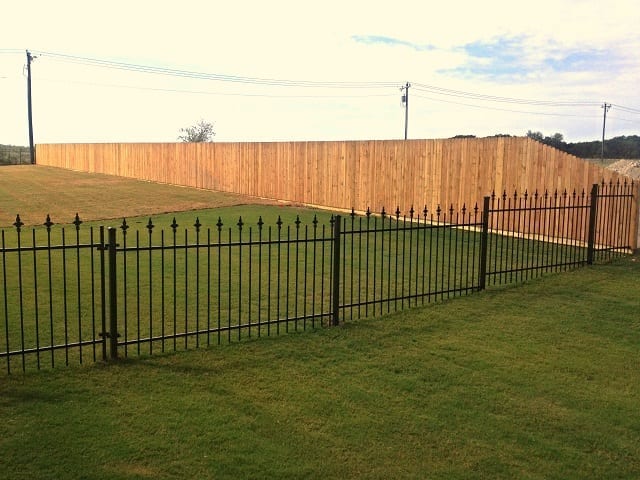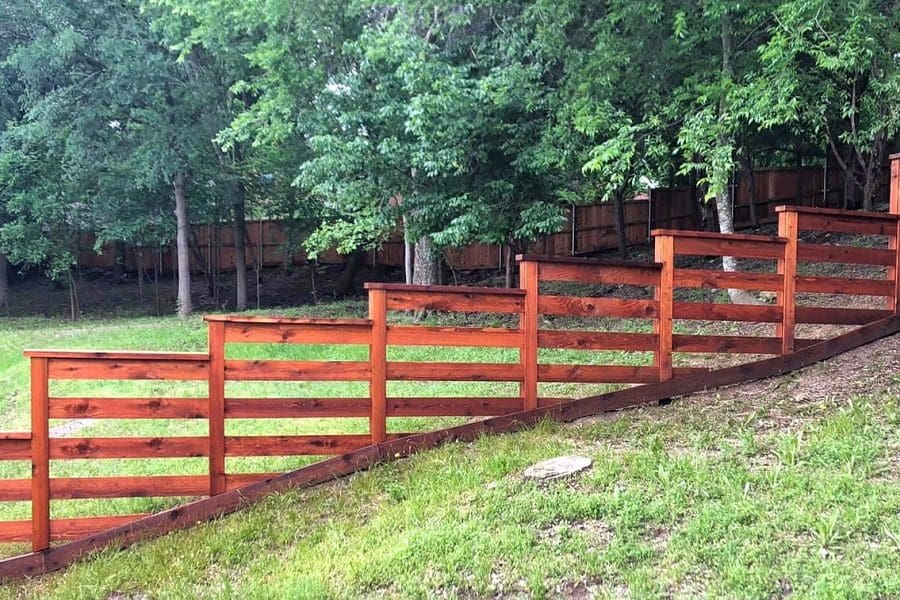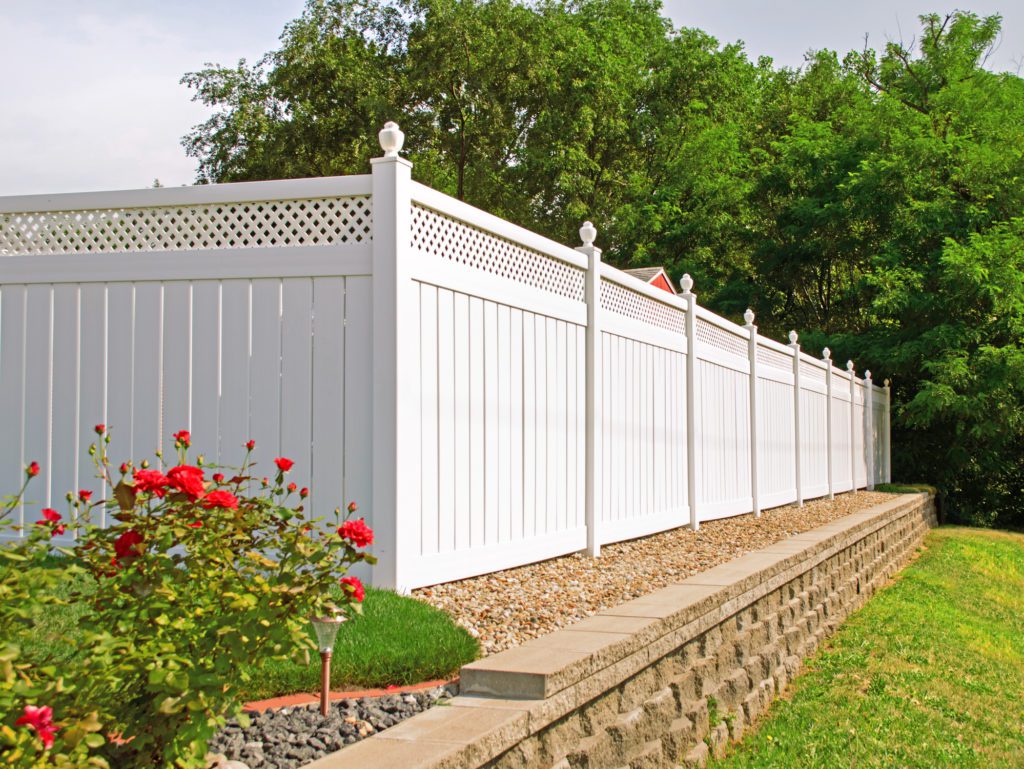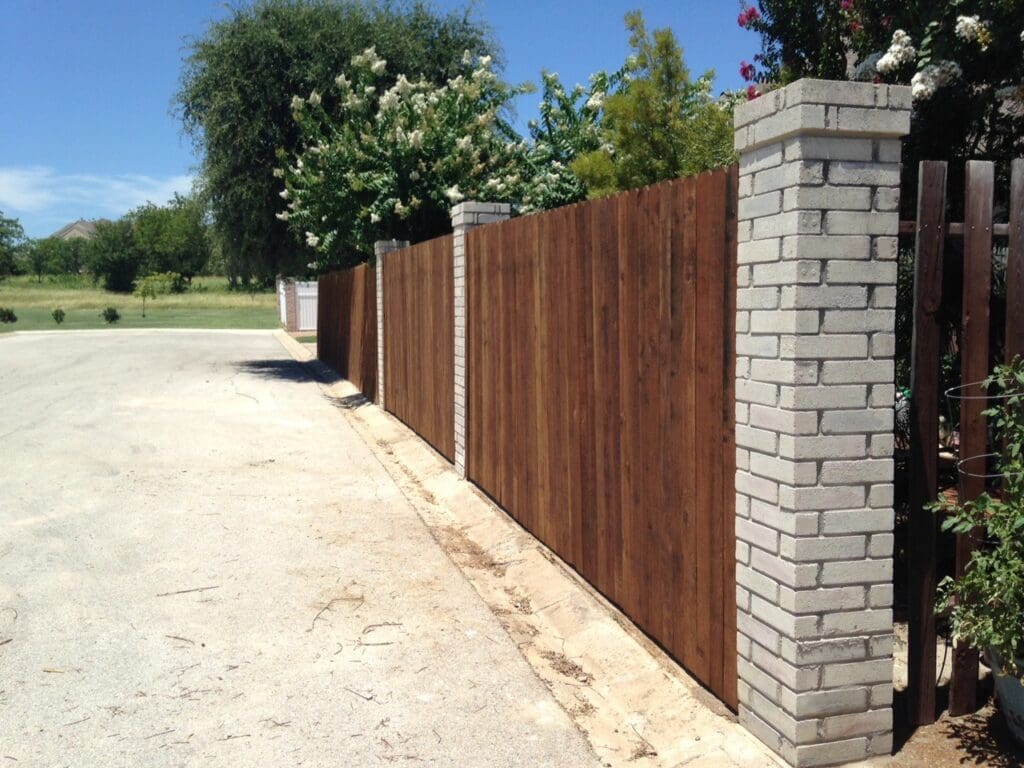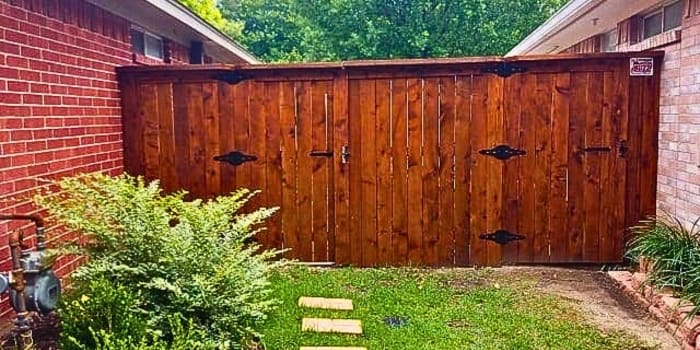We didn’t want to alarm readers by alerting them ahead of time, but April 12th was National Big Wind Day. This commemorates the highest-speed natural wind ever recorded on our planet’s surface. Hold onto your hat—on April 12, 1934, the Mount Washington Observatory in Conway, New Hampshire recorded a 231 mph wind.
Weather buffs may think this is really cool. But at Buzz, National Big Wind Day elicits horror in our hearts. What did that 231 mph wind do to fences across New Hampshire? Let’s have a moment of silence, please.
To safeguard your property against strong winds, selecting the right fence is crucial; a principle Buzz Custom Fence stands firmly by as we explore the impact of wind on fences.
Posts and hardware
It’s sad but true that fences can blow over in high winds. Few things are more depressing than a fence struck down before its time, lying flat on its back in some poor soul’s yard. And badly constructed fences? They’re goners when the wind picks up.
So how do you combat this force of God and/or weather?
First off, think deep fence posts. For example, if your fence is going to be six feet tall, stick those posts at least 30 inches into the ground. Make sure your posts are rot resistant so they hold up. And consider your hardware. Double-dipped galvanized nails are thickly coated with zinc, avoiding rust. Stainless steel nails work well with cedar fencing.

The Vulnerability of Fences to Wind
The vulnerability of fences to wind is not just a matter of concern but a challenge that delves into the realms of stability science and the necessity for high-caliber materials. Ensuring that fence posts are deeply embedded and utilizing corrosion-resistant hardware becomes pivotal in bracing against the relentless push and pull of high winds, safeguarding the fence’s structural integrity. Equally, the strategic design that permits the wind to weave through with less resistance plays a vital role in diminishing the risk of damage.
At Buzz, these foundational principles steer the crafting of fences that are aesthetically pleasing while being durable enough to withstand the whims of nature, combining expert craftsmanship with quality materials to protect your space against the elements.
Optimal Fence Types for Wind Resistance
When crafting defenses against the gusts and gales, not all fences are created equal. The quest for wind resistance brings us to a crossroads of aesthetics and functionality, guiding us towards fencing solutions that marry beauty with resilience.
- Picket Fences and Air Flow: The classic picket fence, with its charming visuals, offers more than meets the eye. The secret to its wind-resisting powers lies in the gaps between the pickets. These intentional spaces allow wind to pass through, significantly reducing the force exerted on the fence. This clever design ensures that your fence stands strong against the wind, all while maintaining its picturesque appeal.
- Shadowbox Fences for Privacy and Ventilation: Shadowbox fences, with their unique board-on-board design, stand as a testament to the ingenious balance of privacy and wind resistance. The alternating placement of boards on either side of the central rail creates a ventilated yet opaque barrier. This configuration allows air to flow through the fence, reducing wind pressure without compromising on seclusion. It’s a design that offers the best of both worlds, providing a sturdy, private fence that breathes with the wind.
- Vinyl Fences and Internal Reinforcements: The evolution of fence materials brings us to the modern marvel of vinyl fencing, which boasts significant technological advancements. Vinyl fences are not only known for their durability and ease of maintenance but also for their ability to withstand high winds, thanks to internal reinforcements. These reinforcements, often made of metal or sturdy plastic, are hidden within the posts and panels, providing an invisible backbone that empowers these fences to stand tall in the face of gusty challenges. This innovative approach to fence construction offers a sleek, contemporary look while ensuring your fence is prepared to weather the storm.
Each of these fence types showcases a thoughtful integration of design and technology, aimed at achieving optimal wind resistance.
Wind fences
There’s also such a thing as a wind fence, which is mostly for industrial rather than home use. A wind fence (also called a windbreak or wind shelter) can reduce winds by half over large areas, and by more than 80% over localized areas. These types of fences are used for erosion control, snow deflection, controlling turbulence and waves on ponds, protecting livestock and farmhouses and machinery. The smarties at the Purdue website hint at the research and calculations that go into optimal wind fences. “Wind velocity and fence height determine the size of the protected area.
For instance, when the wind is blowing at 10 mph, a 6-foot-high porous fence will reduce that velocity to a minimum 10 feet downwind from the fence. When the wind is 20 mph, the minimum velocity point will be 65 feet from the fence; and at 30 mph, the area protected is about 90 feet downwind.”
Preventing Wind Damage to Your Fence
Protecting your fence from the capricious nature of wind begins with a thorough assessment and strategic upgrades. Here’s a step-by-step guide to ensure your fence stands resilient:
- Inspect Your Fence: Regularly examine your fence for any signs of wear, especially after severe weather conditions. Look for loose posts, weakened sections, and any damage that could compromise stability.
- Check for Proper Installation: Ensure that fence posts are deeply embedded into the ground, ideally beyond the frost line for your area. This depth provides the necessary anchor against strong winds.
- Evaluate Materials: Assess the quality of the materials used in your fence. If your fence is made of wood, check for rot or insect damage that could weaken it. For metal fences, look for rust or corrosion.
- Consider Design Enhancements: If your fence design does not naturally allow for wind flow, consider adding features that do, such as spaces between panels or pickets.
- Upgrade Hardware: Replace any rusted or weakened hardware with corrosion-resistant options like stainless steel or galvanized hardware to ensure strong connections between fence components.
- Seek Professional Advice: Consulting with a fencing expert can provide insights into additional protective measures specific to your fence type and local wind conditions.
Buzz Custom Fence: Your Partner Against the Wind
At Buzz Custom Fence, our expertise in crafting wind-resistant fences is matched only by our commitment to providing custom solutions tailored to each customer’s needs. Understanding that each property faces unique challenges, we leverage our extensive knowledge and innovative techniques to design fences that not only withstand the elements but also enhance the aesthetic appeal of your space. Our team is dedicated to creating fences that offer peace of mind through both their strength and beauty, ensuring your property is protected against the whims of the weather.
Take the first step towards a wind-resistant, worry-free property by contacting Buzz Custom Fence today for your custom fencing solution.


